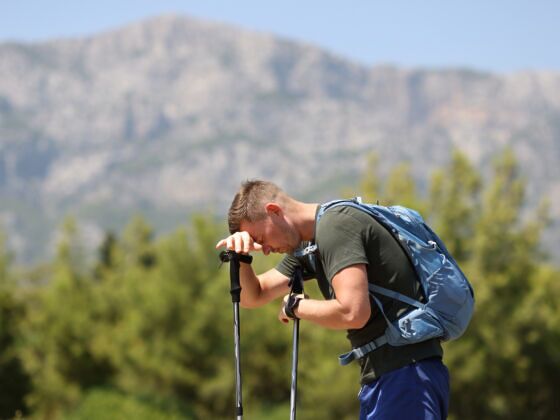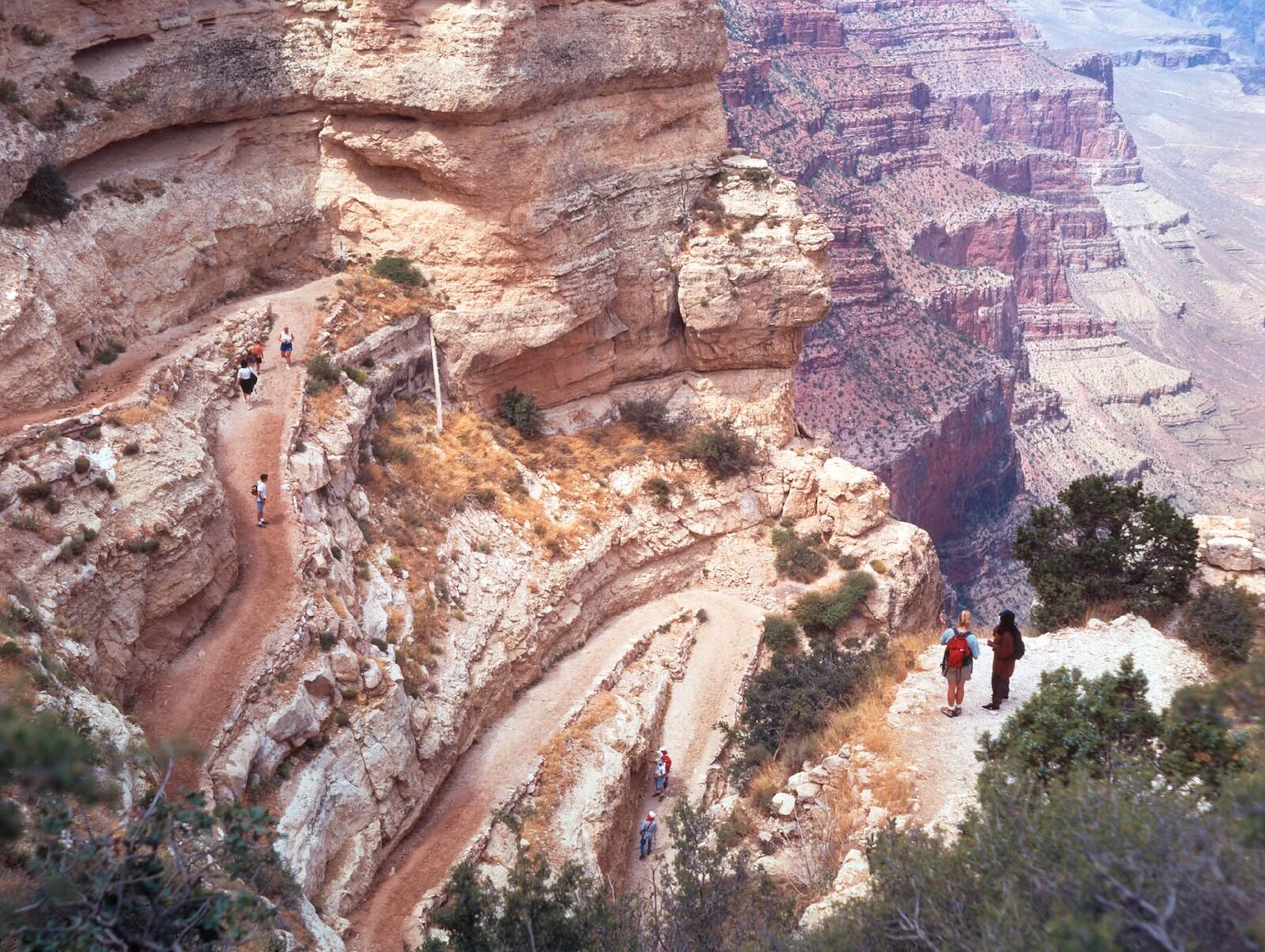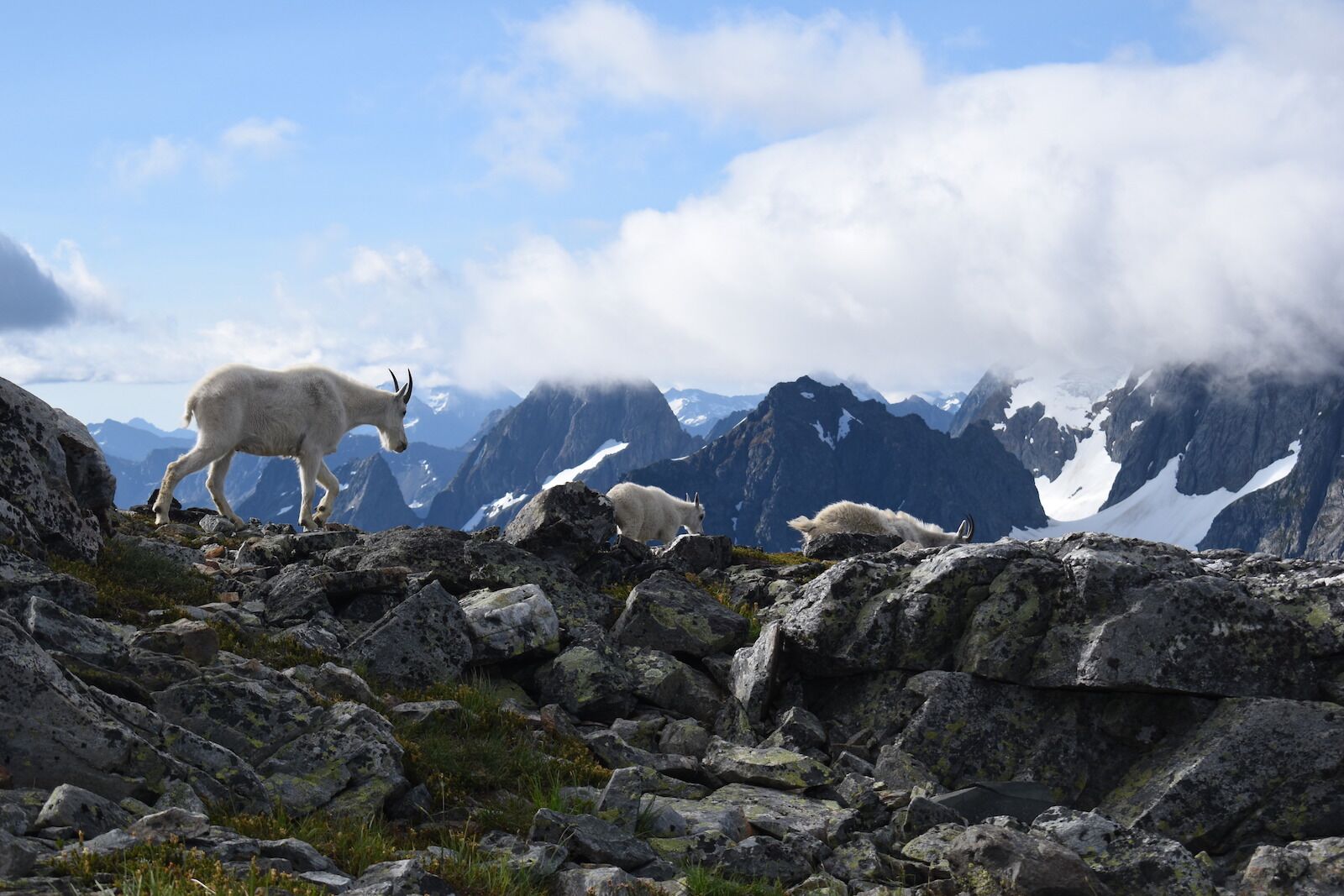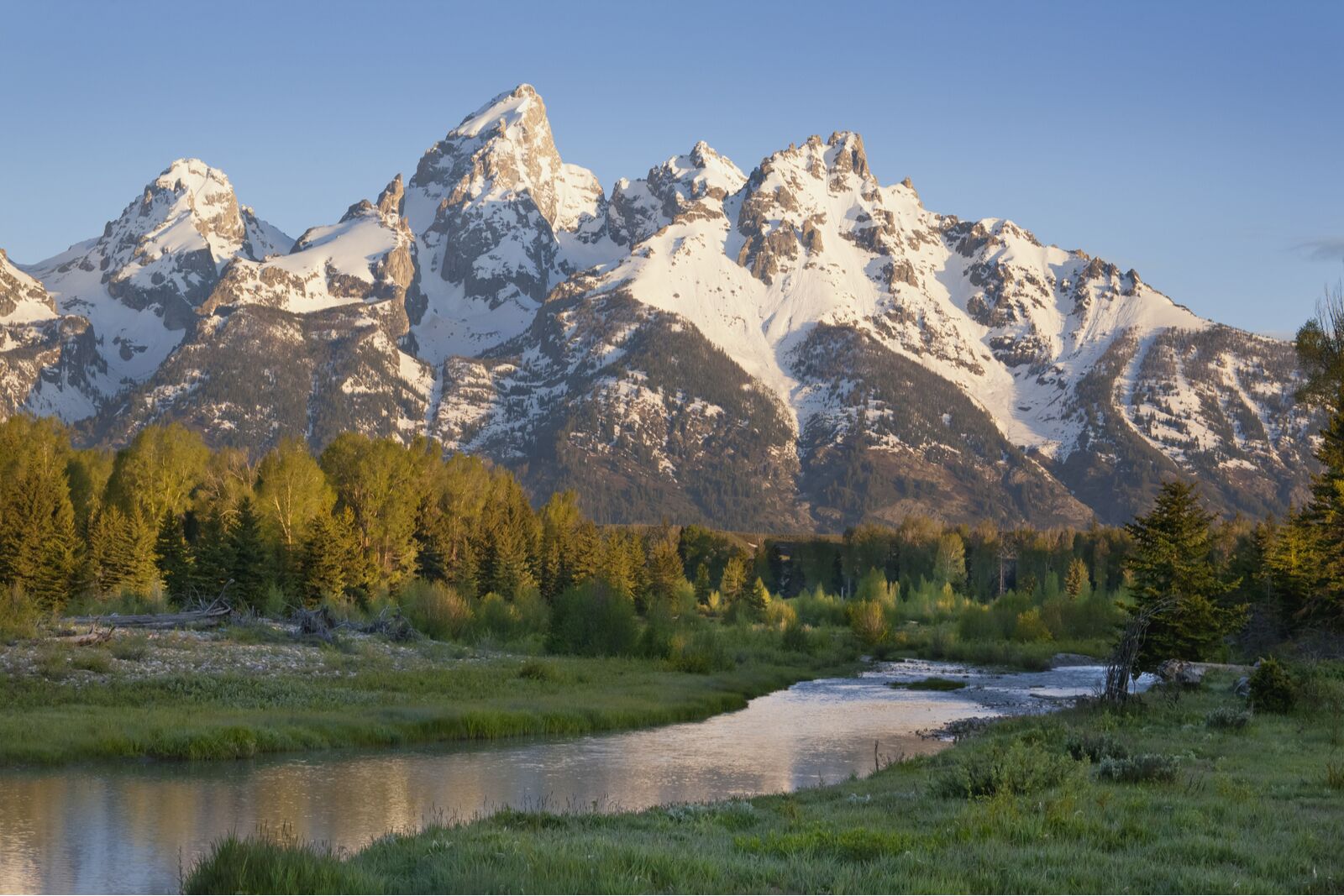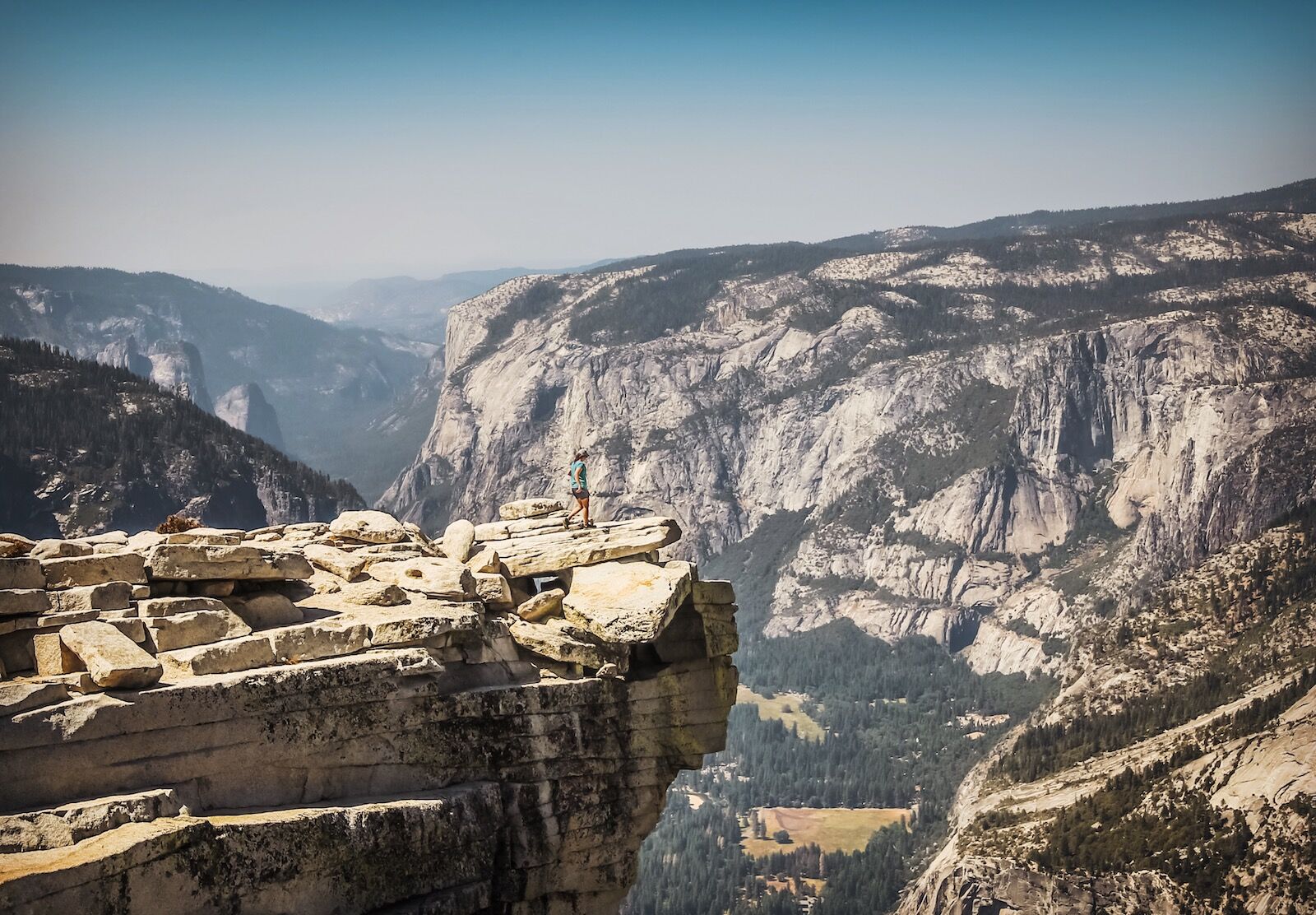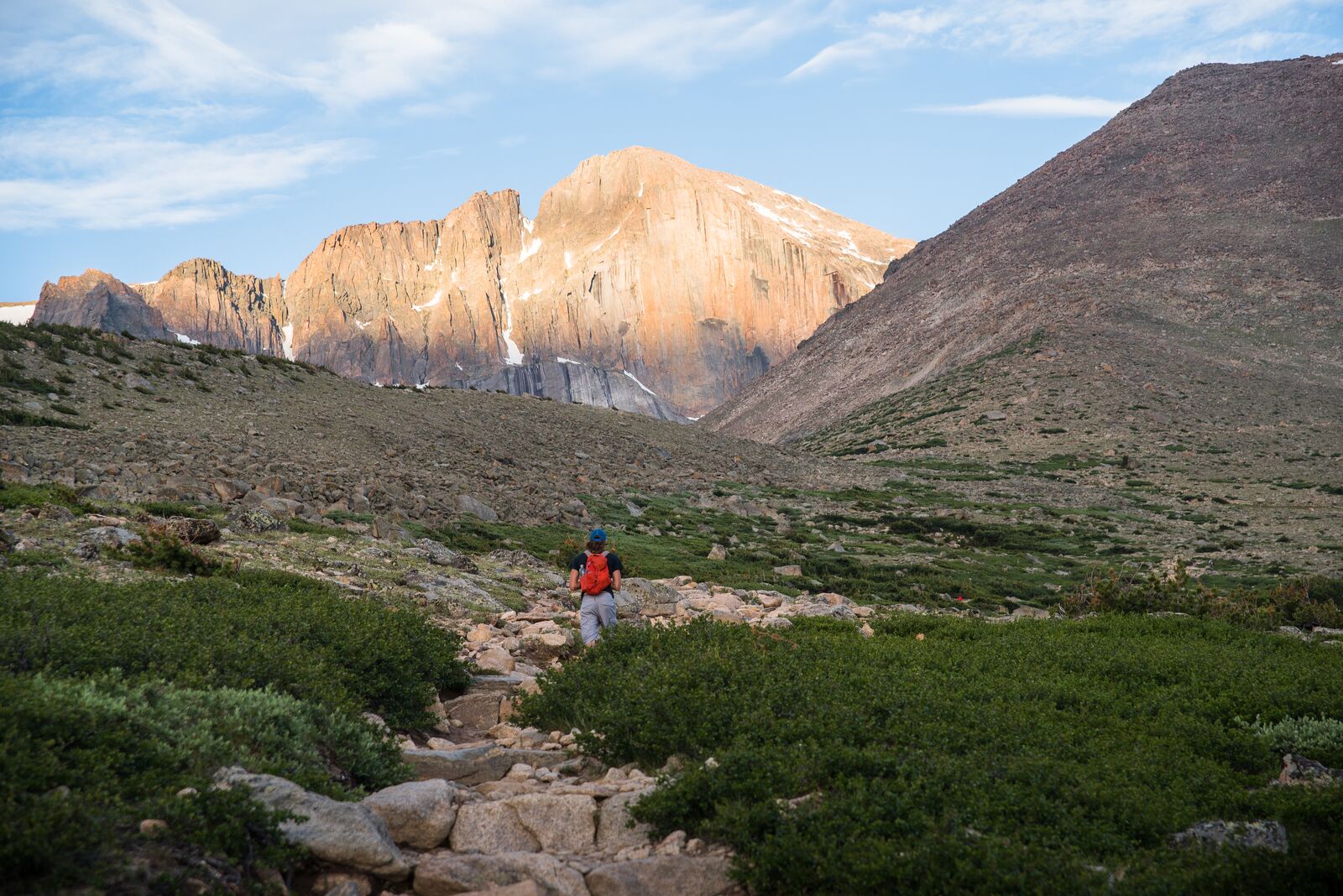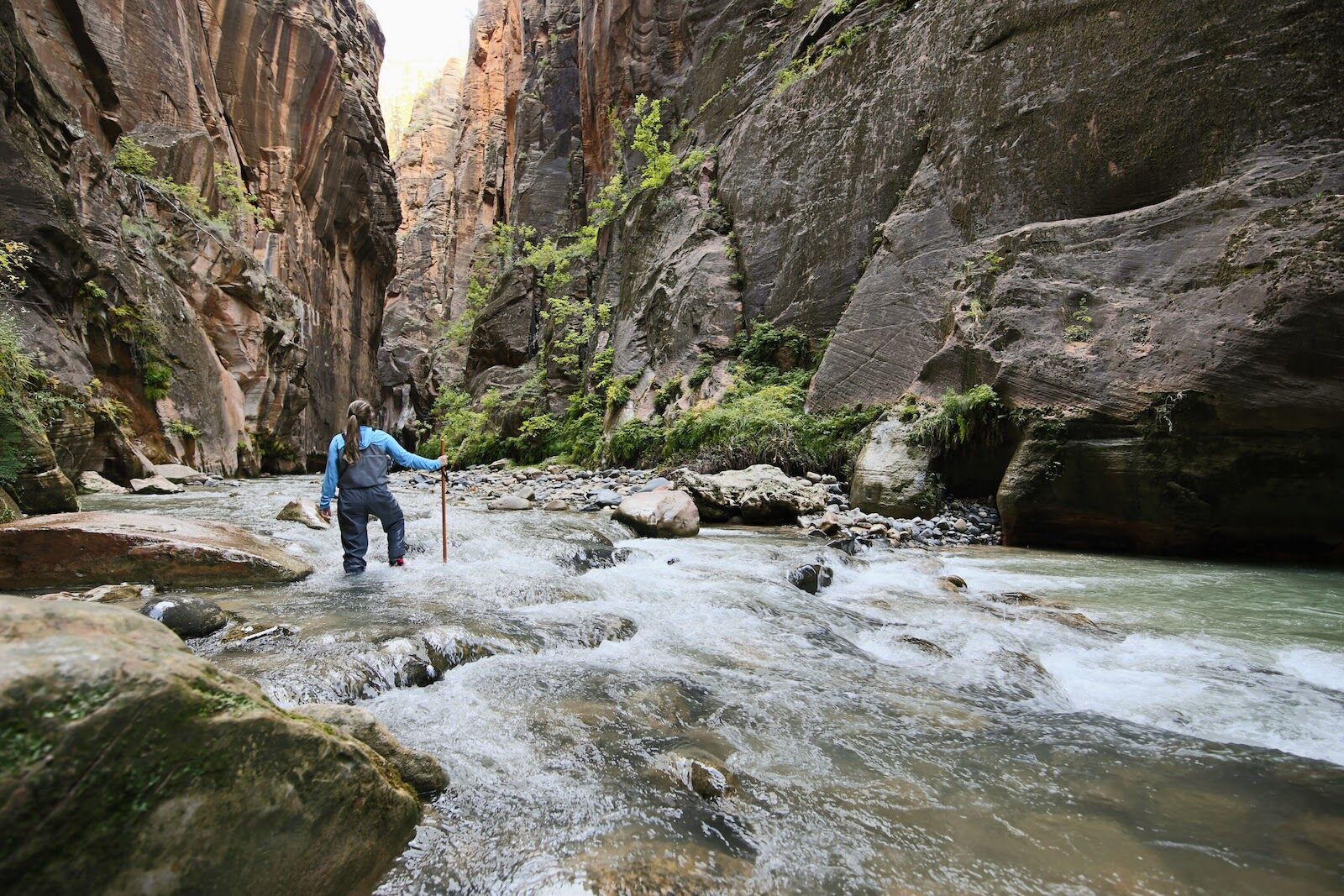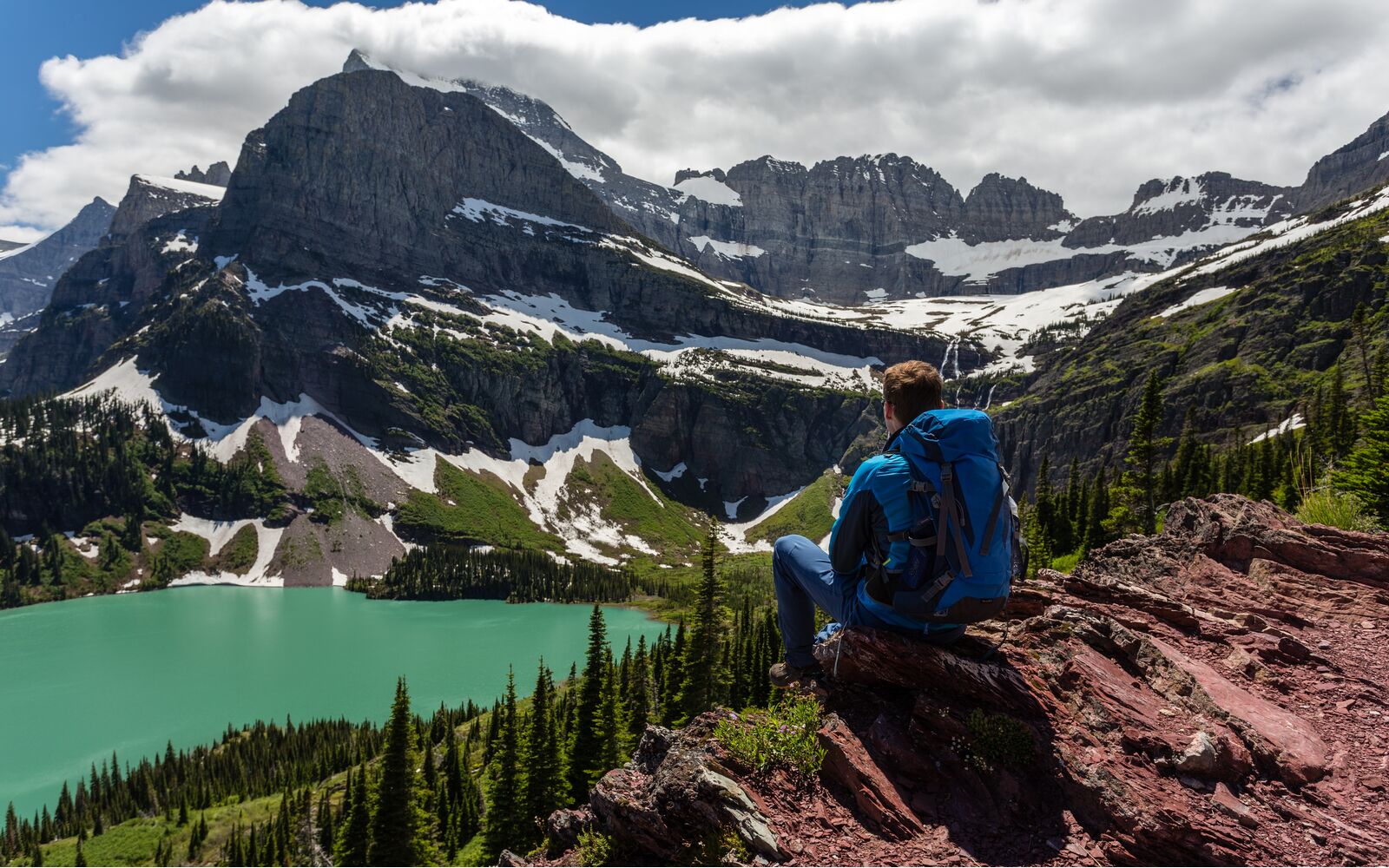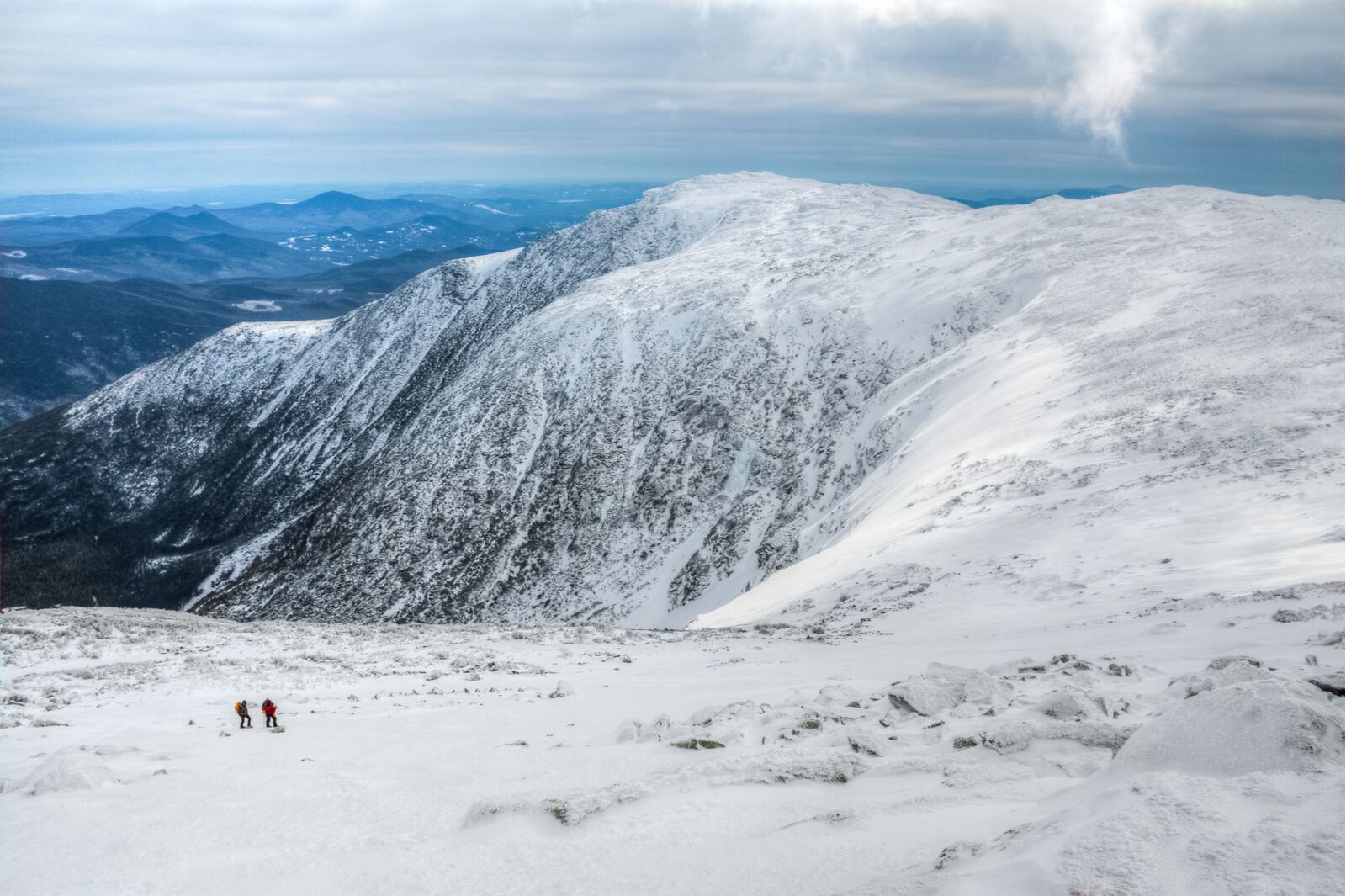it’s no secret that the National Park Service protects some of the most fantastic landscapes and geological features in the United States. Hikers, tourists, and adventurers from across the world travel to the system’s 63 national parks to see tall waterfalls, stunning old-growth forests, and wildlife in their natural habitats.
The one-mile interpretive trail behind many park visitor centers will be plenty of challenge for some travelers, which is absolutely fine. But advanced hikers who find flat trails a little lacking in excitement may need something a bit more challenging. The hardest hikes in the US’s national parks below are long, sure — but they’re also steep, unpredictable, and go through some of the country’s harshest landscapes and wildest weather. But if you’re an expert, experienced hiker searching for a hike that offers a little more (or in some cases, a lot more) challenge, here are nine of the hardest hikes in the US National Park Service you can finish in one very long day.
